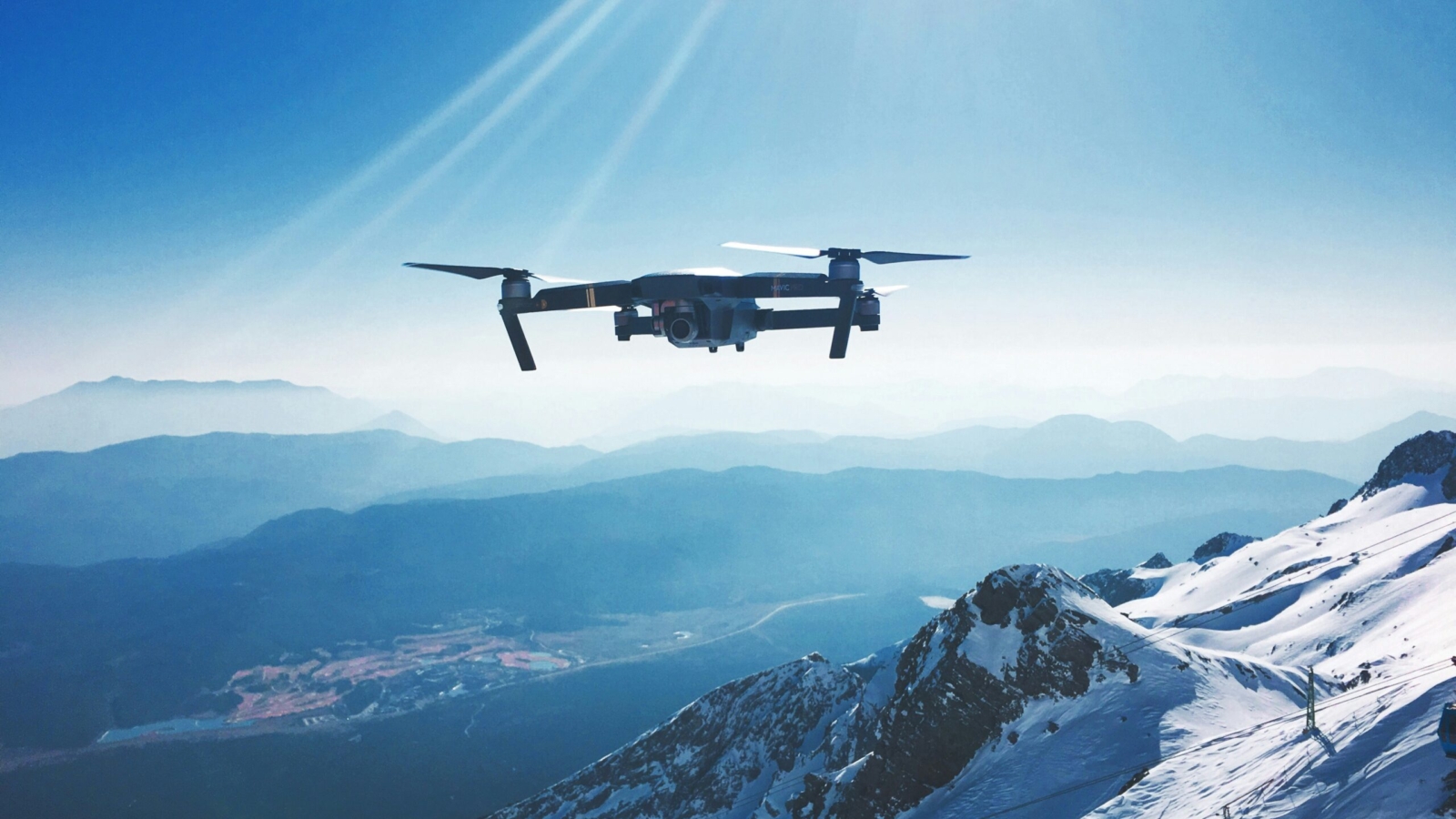As drones continue to evolve into pivotal tools for both security operations and illicit activities, the skies above the U.S. southern border have transformed into a high-tech battleground. Both law enforcement agencies and drug cartels are increasingly utilizing drone technology for surveillance, smuggling, and counter-surveillance. This shift has sparked growing concerns over national security, particularly in the face of sophisticated, untraceable “dark drones.”
The Dark Drone Threat: A Growing Concern
The rise of dark drones—Unmanned Aerial Vehicles (UAVs) capable of evading traditional detection methods—is one of the biggest challenges facing authorities today. These drones utilize technologies like channel hopping or fiber optics, making them virtually invisible to standard radio frequency (RF) detection systems. Mike Fraietta, co-founder and CEO of Gargoyle Systems, is at the forefront of tackling this issue. He is pioneering a decentralized drone detection network to enhance security and raise public awareness about aerial threats.
Fraietta emphasizes that traditional detection methods struggle with dark drones, which can operate over vast distances without being detected. To address this, Gargoyle Systems is developing advanced acoustic detection technologies designed to track even the most elusive drones, such as fiber-optic tethered UAVs that emit no RF signals.
The Future of Drone Detection
Fraietta’s vision for the future of drone detection is clear: a comprehensive network capable of both protecting American citizens and ensuring that drones are used responsibly. In an interview with TechNewsWorld, Fraietta highlighted the need for solutions that go beyond simply detecting drones. It’s also essential to regulate their use to ensure they serve ethical and beneficial purposes.
Gargoyle Systems, launched in 2024, is working on several initiatives to mitigate the risks posed by drones. One of their upcoming products will allow users to create personal decentralized geo-fences or “border walls” to monitor drones traversing specific areas. As a certified FAA drone pilot, Fraietta actively trains in drone security and closely follows changes in laws affecting border security.
How Drones Are Shaping Border Security
While drones present significant challenges to border security, they also hold incredible potential for enhancing emergency services, search-and-rescue operations, and disaster relief efforts. Since January 2025, U.S. border agents have adapted to the evolving role of drones in securing the border. Fraietta notes that there is now increased collaboration between the Department of Homeland Security (DHS), local law enforcement, and the FAA, similar to the post-9/11 creation of the TSA.
Despite these efforts, Fraietta warns that the real threat lies in drones that operate outside traditional RF frequencies. As a result, authorities are increasingly relying on artificial intelligence (AI) and acoustic detection to identify and track illicit drone activity.
Public Perception and Drone Security Risks
Public misconceptions about drones often lead to hysteria, fueled by reports of unexplained drone sightings. For example, in 2024, numerous reports of drones flying over homes along the East Coast—especially in New Jersey—caused widespread panic, with many fearing surveillance or potential attacks. The FAA eventually clarified that these flights were part of an authorized test, but the incident highlighted the need for greater transparency and public awareness regarding drone activity.
Fraietta stresses that understanding the vulnerabilities of critical infrastructure—such as power grids and water supplies—to drone attacks is essential. He warns that drones’ ability to deliver dangerous payloads remains a major security concern. Local officials have even discussed shooting down drones, while some federal officials have dismissed sightings as misidentifications of small piloted aircraft.
Cartels vs. Border Patrol: The Battle for Aerial Supremacy
The battle for aerial control at the U.S. southern border is not just a matter of security—it’s a race to dominate the skies. Cartels have rapidly adapted to using drones to transport narcotics, spy on law enforcement, and evade detection using advanced modifications, including night vision and 3D-printed components. Fraietta observes that cartel drones are often as sophisticated as those used by U.S. border patrol agents.
While cartel drones may eventually carry explosives, Fraietta believes that such actions would provoke an armed U.S. response, which cartels are likely to avoid. Instead, they prefer to operate covertly, gathering intelligence on border patrol operations.
The Ethical Debate: Balancing Security with Responsible Drone Use
The growing use of drones has sparked an ethical debate, particularly regarding privacy, regulation, and responsible use. Fraietta advocates for stronger investment in detection systems and the development of a national drone security strategy. He draws parallels between drones and other regulated technologies, like cars and firearms, calling for structured registration, licensing, and designated flight corridors to reduce noise and enhance safety.
While the FAA’s Remote ID tracking system is a step in the right direction, Fraietta emphasizes that dark drones still pose a significant challenge to security efforts. In his view, ensuring the responsible use of drone technology is just as important as detecting potential threats.
The Need for Robust Drone Security
As drones become an integral part of border security, surveillance, and commerce, robust regulations and advanced detection technologies are essential to balance the benefits with the risks. Gargoyle Systems envisions a future where decentralized networks provide greater visibility and control over aerial activity, enabling both citizens and authorities to secure the skies.
Fraietta concludes, “Law enforcement is working hard to counter cartel-operated drones, but it’s equally important for the public to stay informed about both the risks and the benefits of drone technology.” As drone technology continues to evolve, staying ahead of emerging threats will require constant innovation and collaboration across all sectors.

